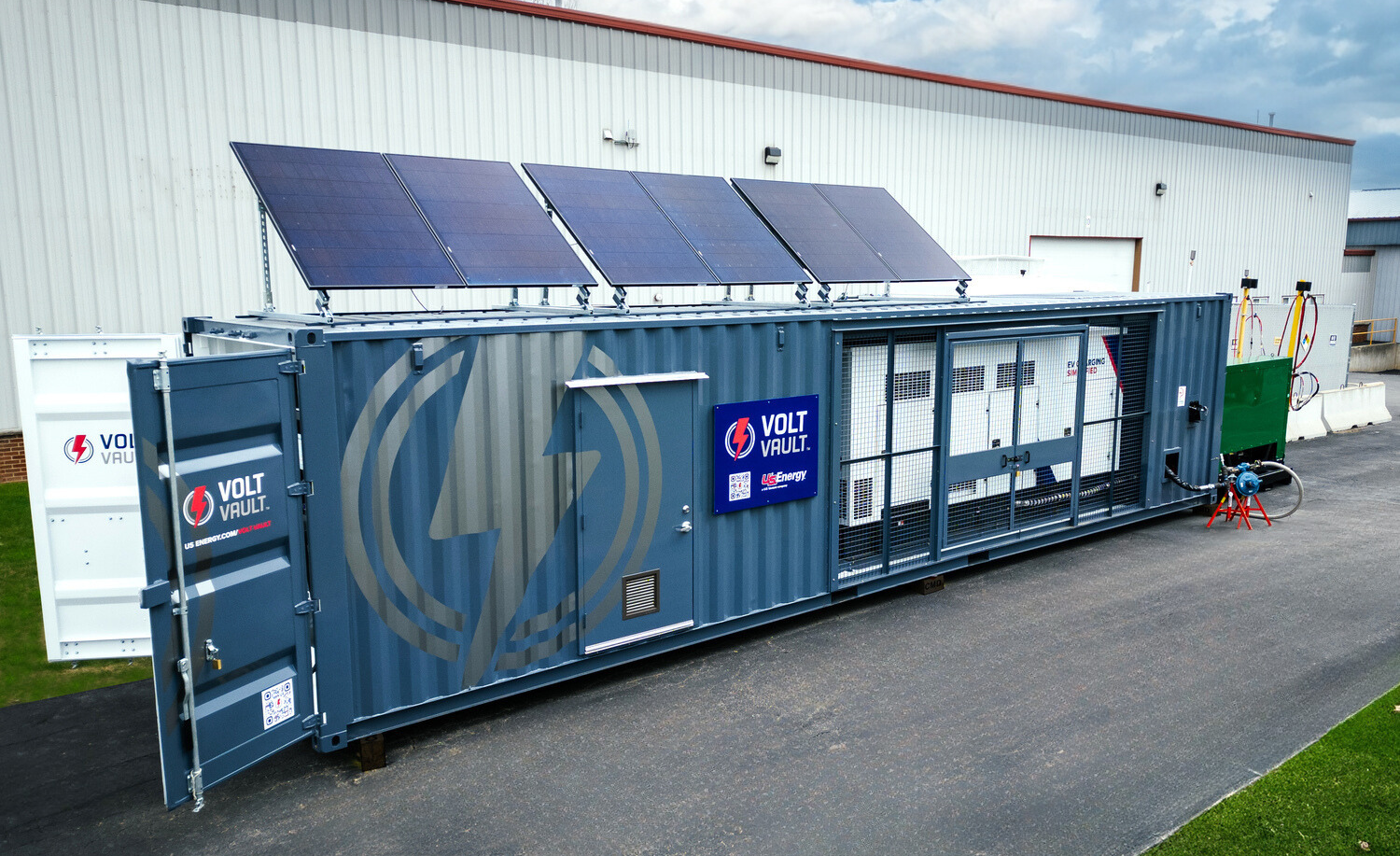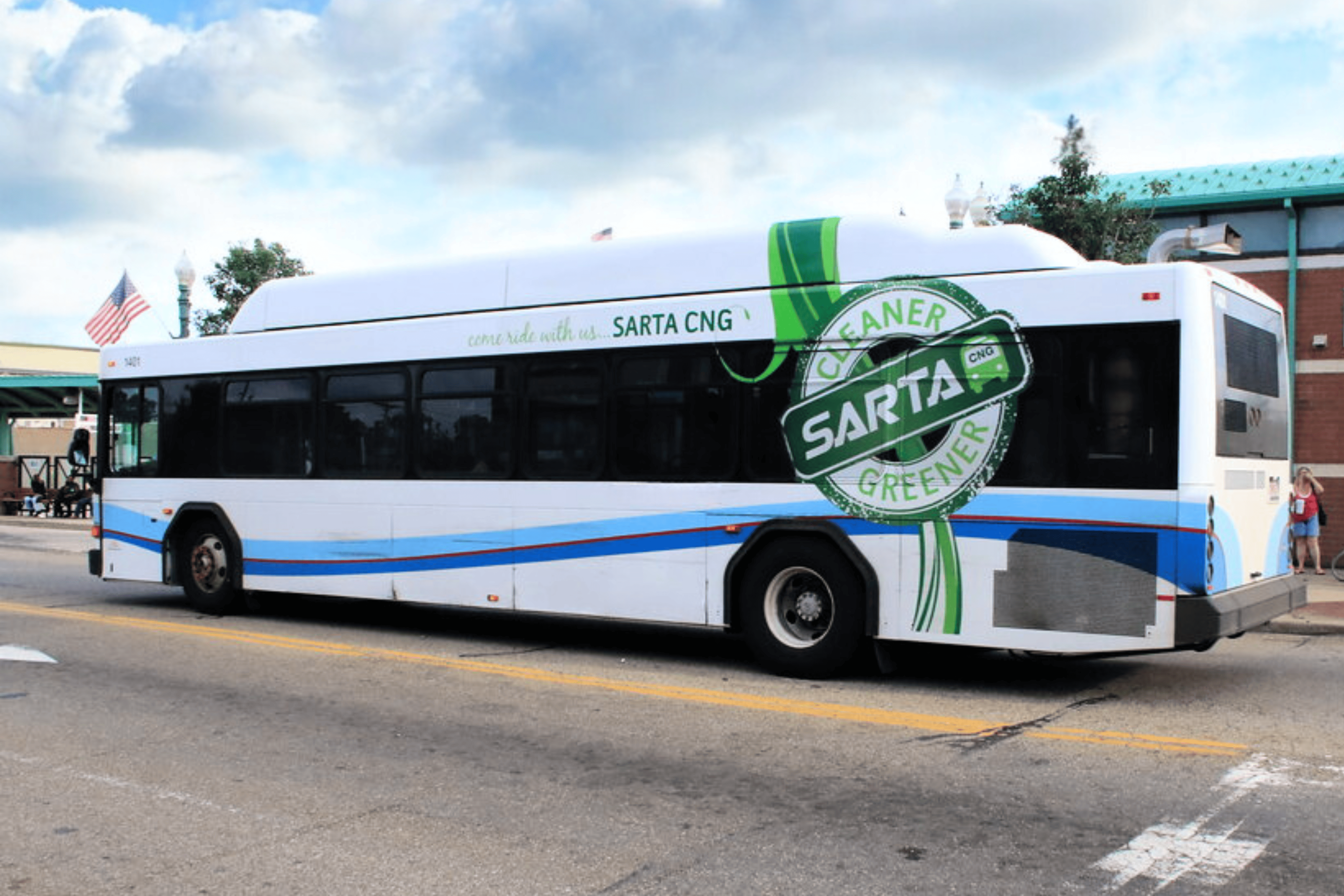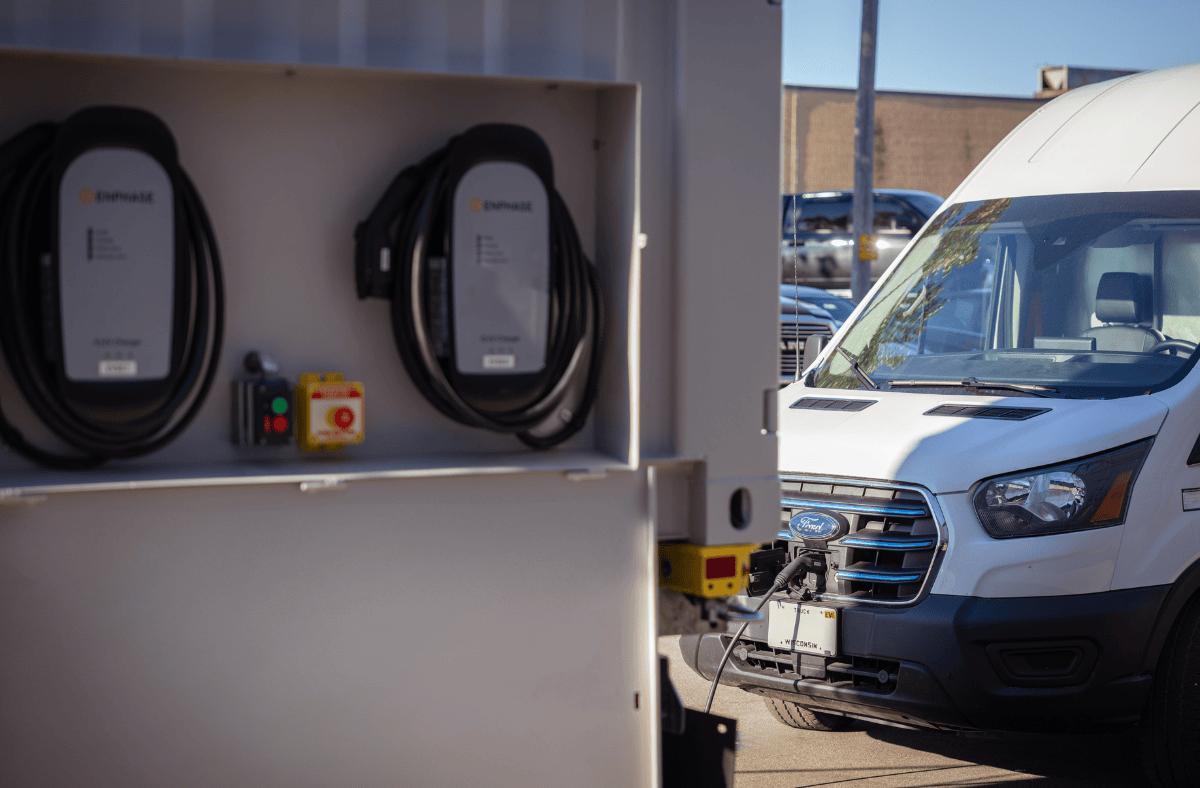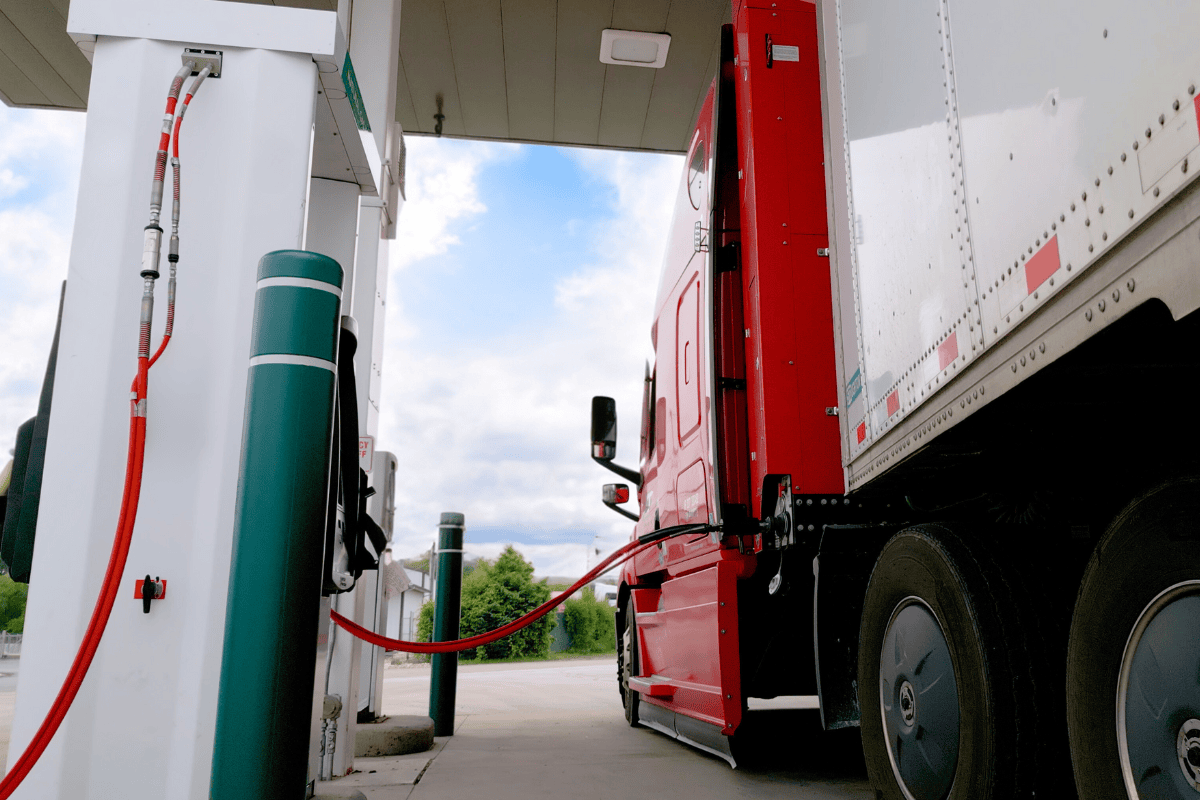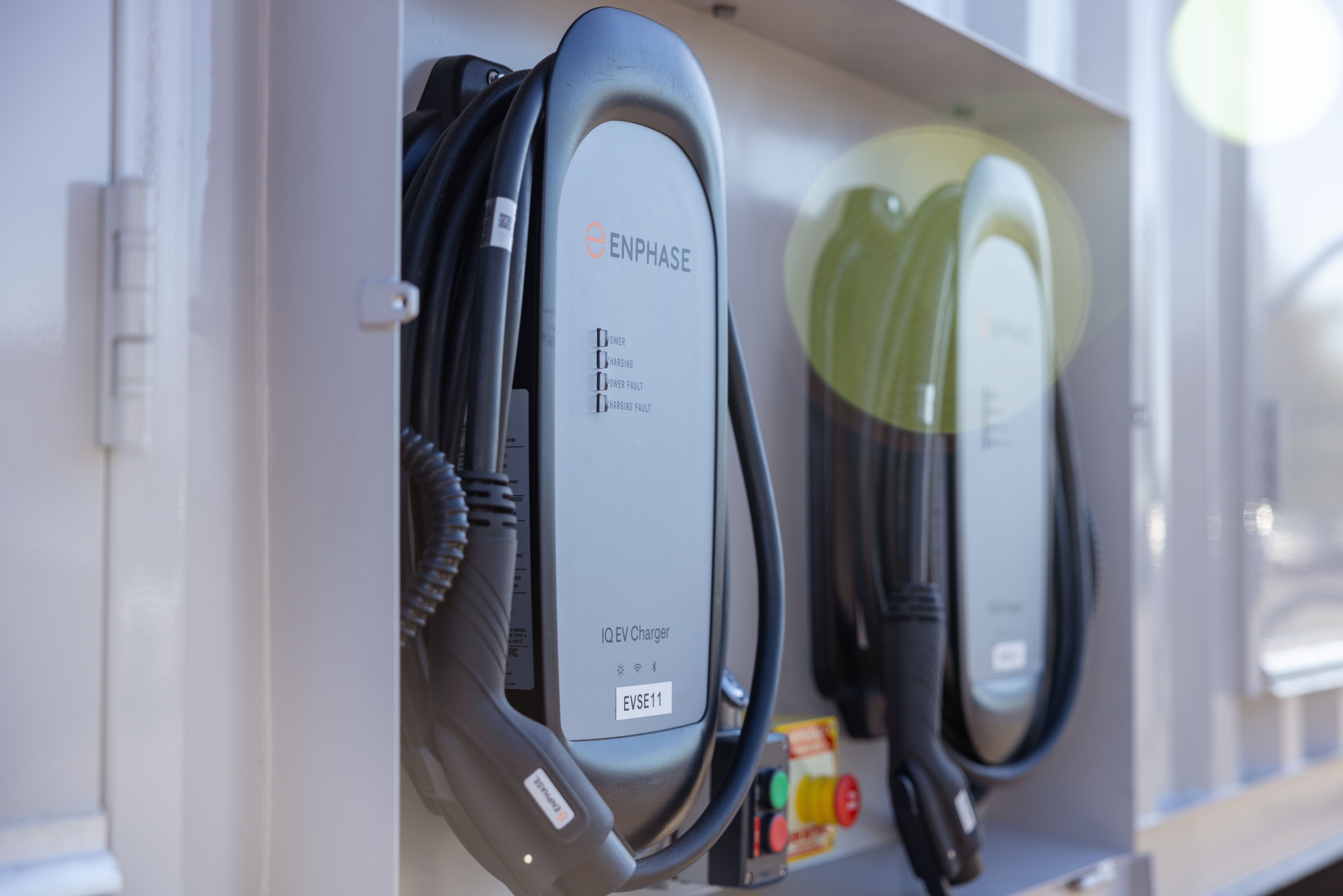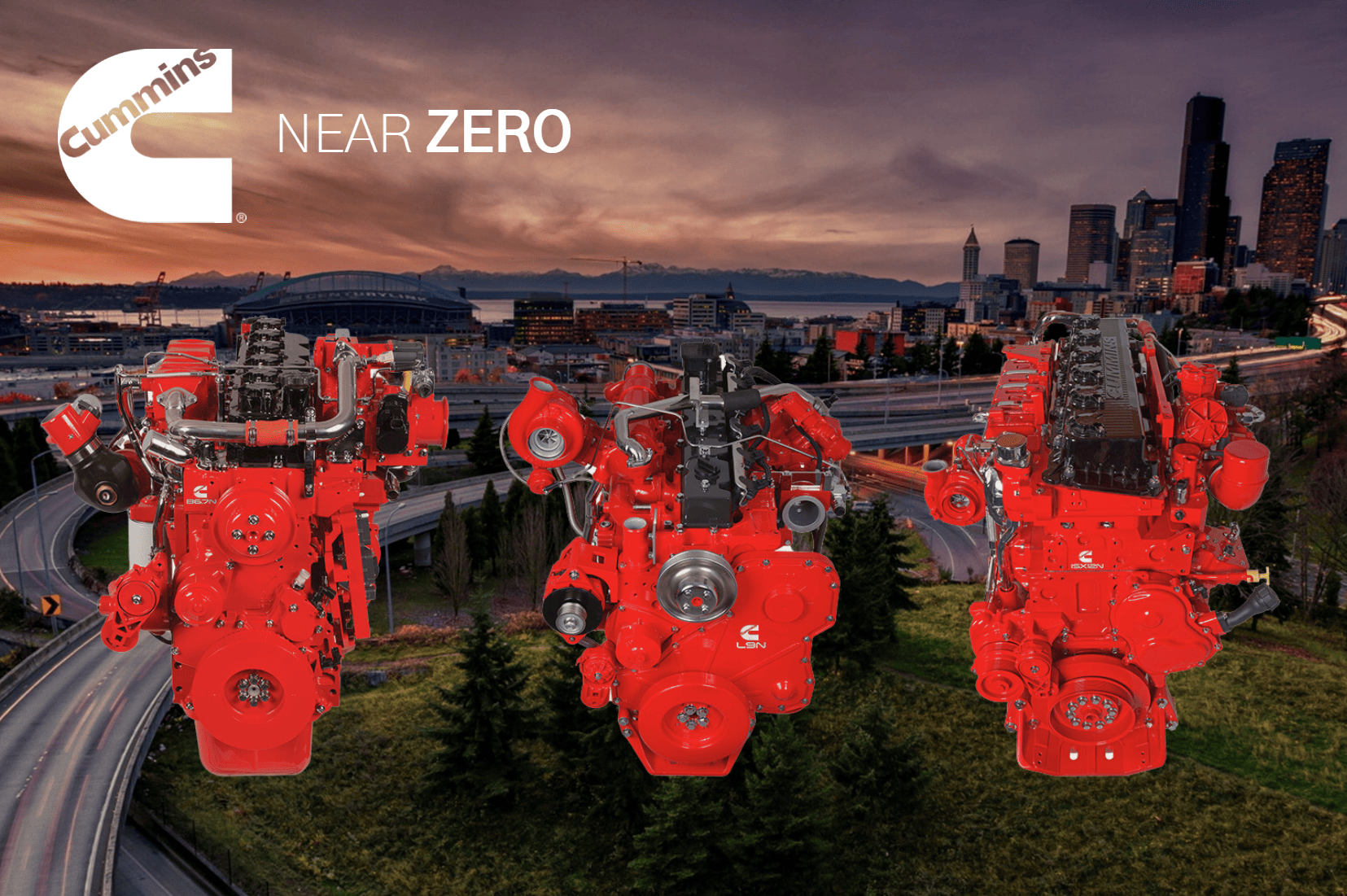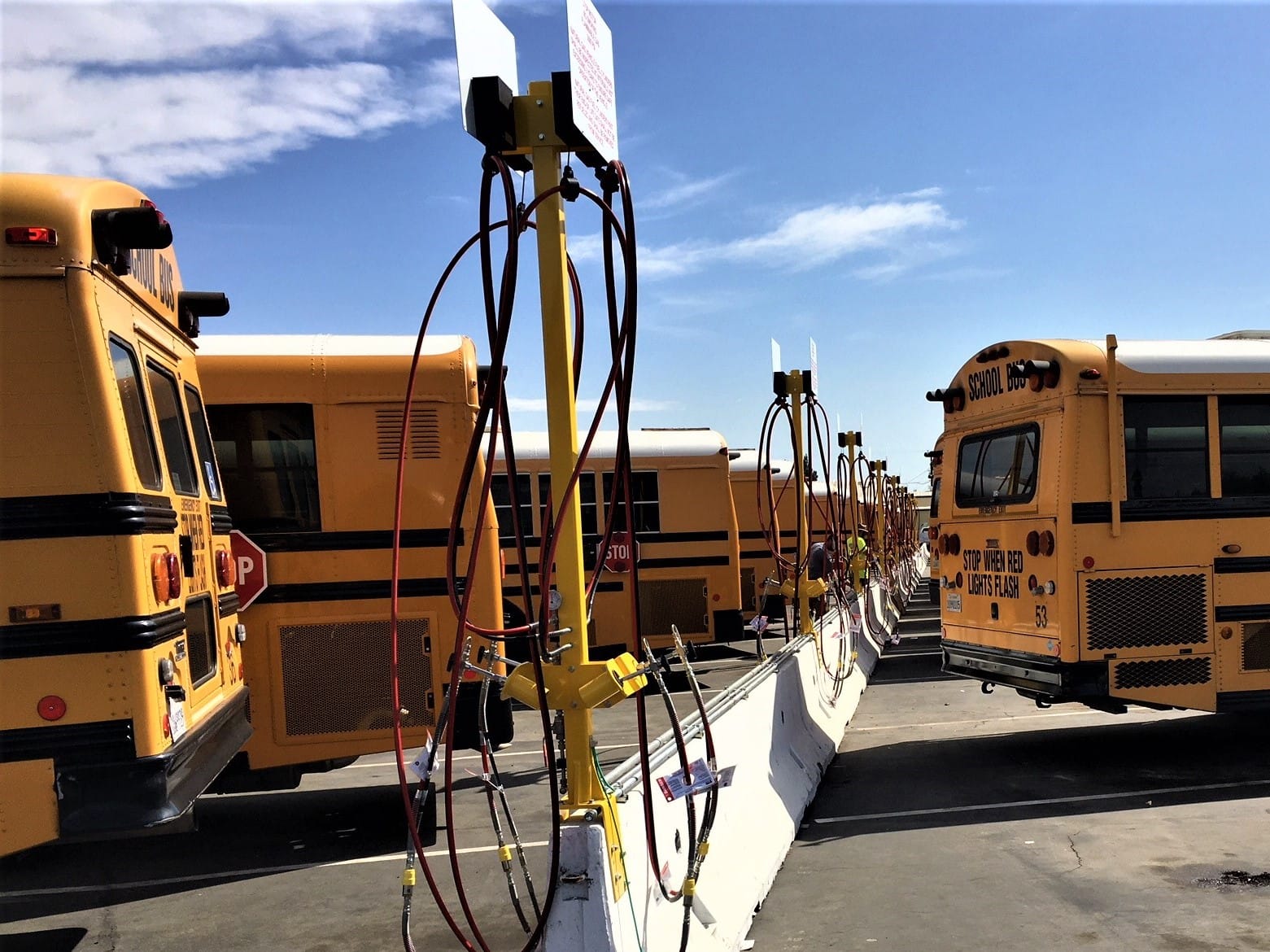Education Center / 5 Things You Should Know About Renewable Diesel
Blog
Category: Alternative Fuel
5 Things You Should Know About Renewable Diesel
For shippers and carriers alike, diesel is a time-tested, reliable fueling solution. However, as more organizations evaluate the fit for alternative fuels within their fleets, looking to satisfy sustainability goals, they’re faced with a new set of considerations. Not only are there multiple options, but there is also conflicting messaging and uncertainty around each fuel’s availability, cost, performance, and emissions impact. One option many fleets are considering is renewable diesel. But how does it differ from conventional diesel? What can you expect? Here are five things you should know.
1. Renewable Diesel is Not Biodiesel
While renewable diesel and biodiesel both lower greenhouse gas (GHG) emissions when compared to conventional diesel, they are not the same. Renewable diesel is made from fats and oils, such as animal tallow and soybean oil, and processed to be nearly chemically identical to petroleum diesel. This allows it to be used in existing infrastructure and conventional diesel engines without modifications or performance degradation.
Biodiesel on the other hand is made from animal fats, vegetable-based feedstocks, or recycled grease. This limits engine performance due to increased oxygen levels in the fuel. It can also result in issues depending on weather conditions. If it gets too warm, mold; if it gets too cold, congelation.
While renewable diesel is a drop-in replacement fuel in its pure form (R100), biodiesel is often blended with petroleum diesel at lower levels: 2% (B2), 5% (B5), or 20% (B20). Both renewable diesel and biodiesel can be used in existing conventional diesel engines in their most common forms (R100, B2, B5, or B20); however, biodiesel (at higher blend percentages such as B99) could require vehicle modifications.
2. Renewable Diesel Availability is Limited
Renewable diesel supply is most prevalent in California, with over 570 fueling stations in the state. While there has been growth in states such as Oregon, Washington, Idaho, and Montana, most imported and domestically produced renewable diesel is consumed in California. This can be attributed to the state’s favorable policies, such as the Low Carbon Fuel Standard, which have made the economics of renewable diesel competitive with that of petroleum diesel. Looking beyond California, U.S. Energy is actively working on ways to make renewable diesel more accessible outside of the state.
3. Renewable Diesel Pricing is Only Cost-Competitive in California
The average retail price of renewable diesel in California for 2023 has been around $5.57 per gallon. Renewable diesel has been on average $0.18/gal less expensive than petroleum diesel, but in 2023, it has averaged a price premium of $0.06/gal as shown in the below graph. The price for renewable diesel in California typically follows the cost of petroleum diesel, but it becomes cost-prohibitive outside of the economic incentives provided by the state’s Low Carbon Fuel Standard.
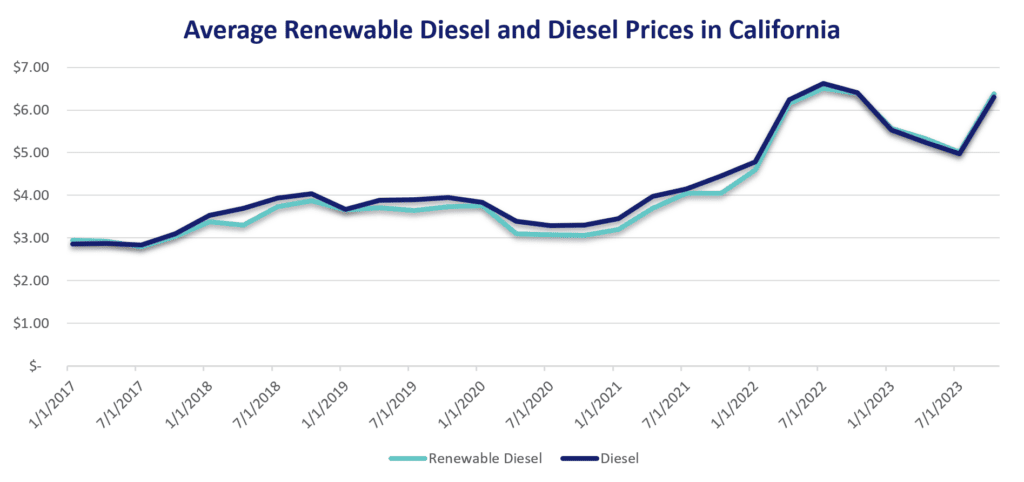
4. Renewable Diesel Reduces Emissions
In its R100 state, renewable diesel reduces GHG emissions from heavy-duty vehicles by approximately 62% compared to petroleum diesel. Renewable diesel can also reduce certain air pollutants such as particulate matter (34% reduction), nitrous oxides (10% reduction), and carbon monoxide (12% reduction) when compared to petroleum diesel.
5. Renewable Diesel Production and Supply is Expected to Drastically Increase
From January 2022 to January 2023, renewable diesel and other biofuels saw a year-over-year increase of 71% in US production capacity. Renewable diesel capacity, as reported by EIA (Energy Information Administration), projects a potential of 5.9 billion gallons by the end of 2025, accounting for approximately a tenth of current annual diesel consumption within the United States.
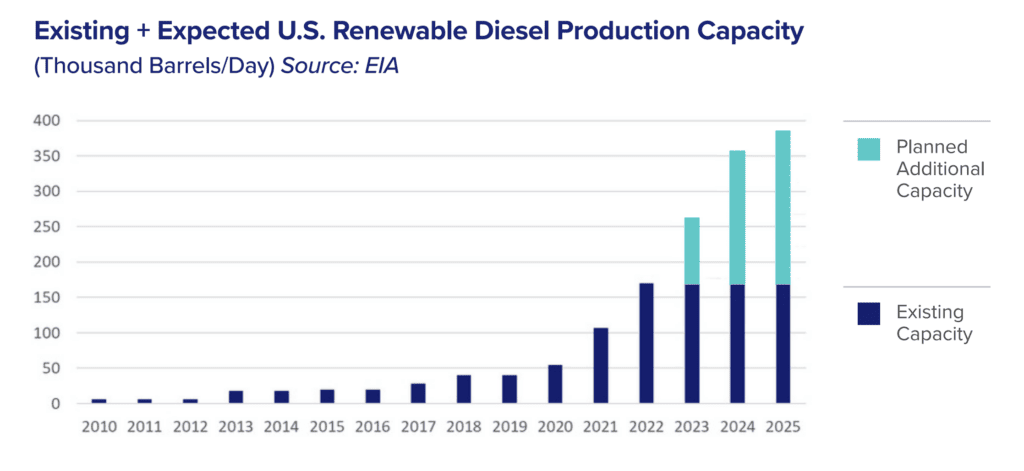
Next Steps?
If you’re considering a transition to renewable diesel , it doesn’t have to be complicated . Our team will come alongside your organization to help you understand supply, pricing, and dispensing opportunities in your region. Reach out to get started!



